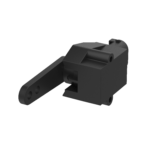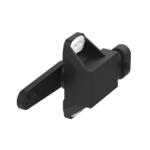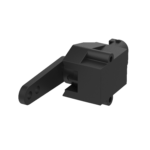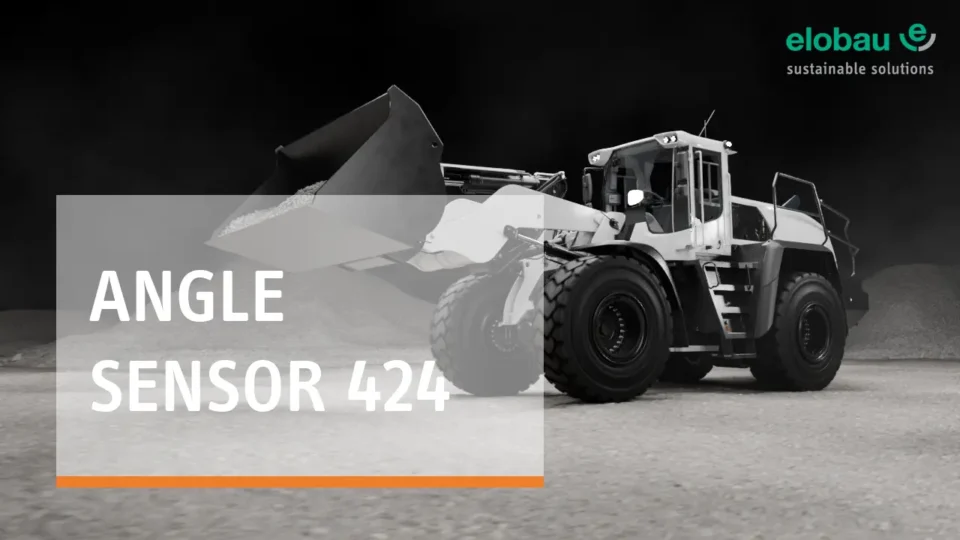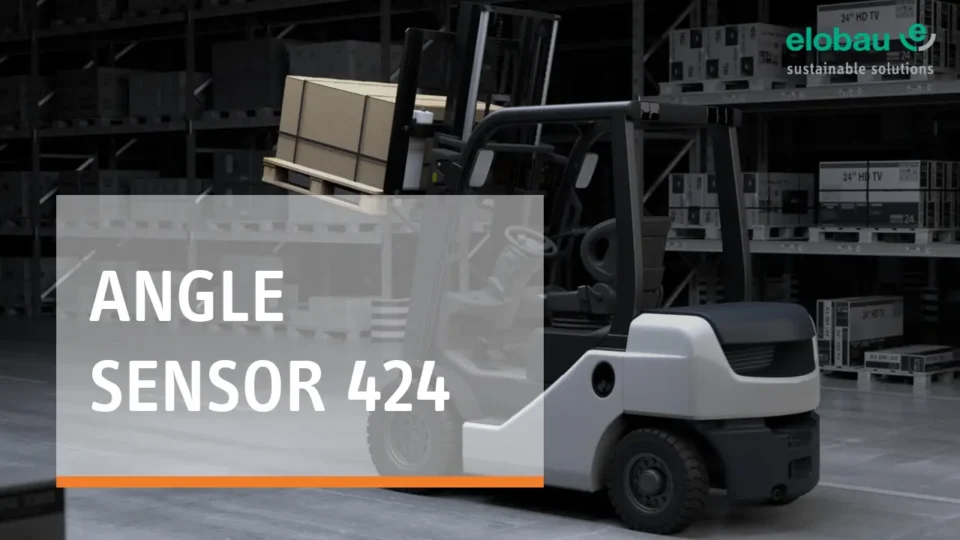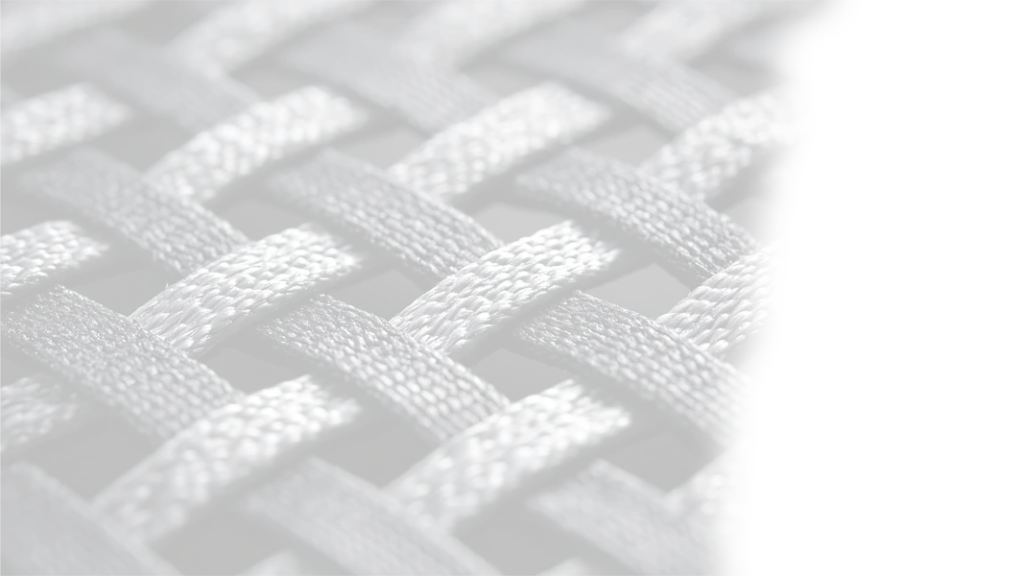What exactly are angle sensors?
Angle sensors are high-precision measuring devices for detecting rotational movements and angular positions. They are used wherever movements need to be monitored, controlled or automated – from agricultural machinery and construction equipment to material handling applications. These sensors are particularly important because they help to make machines more precise, safer and more efficient.
In construction machinery such as excavators and tracked vehicles, angle sensors monitor the movements of the excavator arm and bucket. This enables the operator to control the excavator precisely and work efficiently. For example, they measure the movements in excavator buckets, thus assisting in digging and loading materials.
Application in agricultural machinery
In agriculture, angle sensors are used in tractors and combine harvesters to control the alignment of ploughs and mowers. This ensures that field cultivation and harvesting work is carried out evenly and accurately.
Precise positioning of booms
Angle sensors are also used in other machines such as cranes, asphalt pavers and bulldozers. In cranes, they ensure the precise positioning of the boom so that loads can be lifted and placed safely and accurately. In asphalt pavers, they help to distribute asphalt or concrete correctly in terms of slope and width. In bulldozers, they monitor the position of the blade to distribute soil or debris evenly.
In summary, angle sensors are indispensable components in construction and agricultural machinery, significantly improving the efficiency and safety of the machines through their precise measurements.
